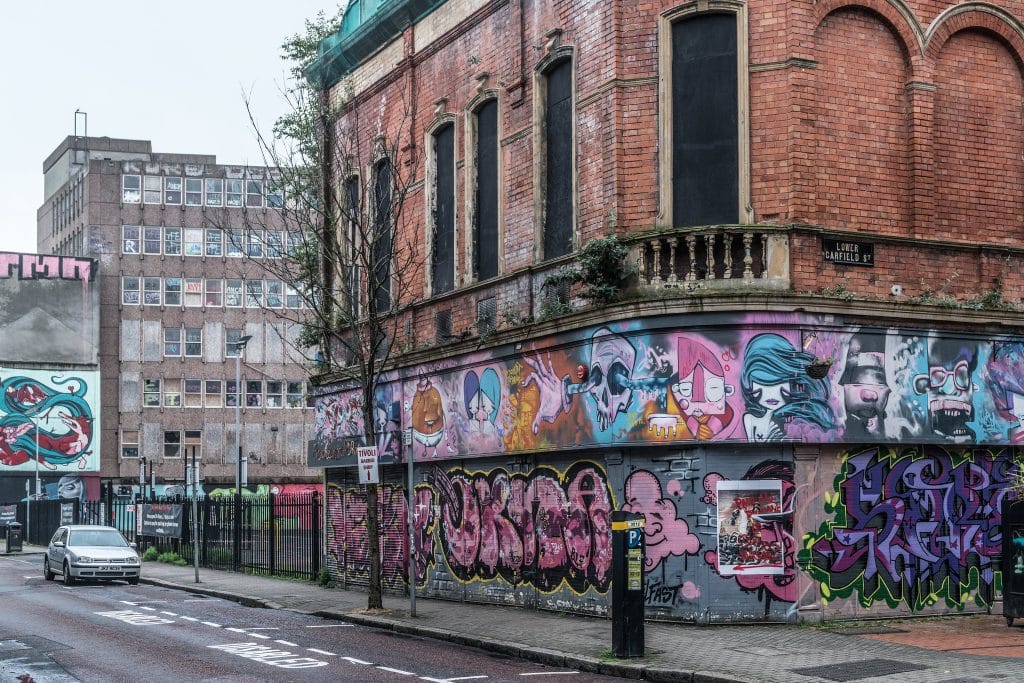“There is no excuse for the violence of attacks on police officers we’ve seen in recent days in Northern Ireland”, said Labour leader, Keir Starmer, echoing the prime minister’s deep concern over reports of “attacks on a bus driver and the assault of a journalist”.
Recent days have seen Northern Ireland gripped with street violence, including firebombing busses and shooting off fireworks in the street. The unrest was on its sixth day yesterday, but the hijacking and lighting of a bus, and the assault of a press photographer has sparked wider scale attention on the violence.
https://twitter.com/selzero/status/1378993206709383170?ref_src=twsrc%5Etfw”>April
The majority of the violence is appearing to be carried out by teenagers, with many of the images of events striking for how young the participants are. Their actions have been condemned by politicians in Westminster and Stormont, but what has caused it?
Despite politicians on all sides condemning the violence, there has been disagreement over the cause.
Much of the tension has been caused by loyalist anger (those supporting Great Britain) over a decision not to prosecute Sinn Fein leaders over their attendance at a mass funeral that went against Coronavirus restrictions. The decision not to prosecute was allegedly due to fears of rising sectarian tension (tension between the different religious and political factions in Northern Ireland), but the decision equally has sparked scenes of violence and unrest.
Others, including the Stormont Justice Minister, Naomi Long, have blamed Brexit; she suggested that Boris Johnson’s “dishonesty” over Brexit.
Stormont’s Assembly has been recalled for emergency talks this morning (Thursday 8th April) following another night of unrest, which saw several hundred individuals clashing on both sides of an interface between loyalist and nationalist areas.
Belfast, the capital of Northern Ireland and the centre of the violence, has many walled-off areas throughout the city, which are designed to separate loyalist and nationalist factions, preventing some of the bloodier violence seen throughout Northern Ireland’s history.
It is thought that the meeting in Stormont today will be critical, with hopes that the talks will result in an agreement on the cause of the violence and a united call to end it, however, the bloody history of the country and its sectarian divide mean that may prove difficult.



